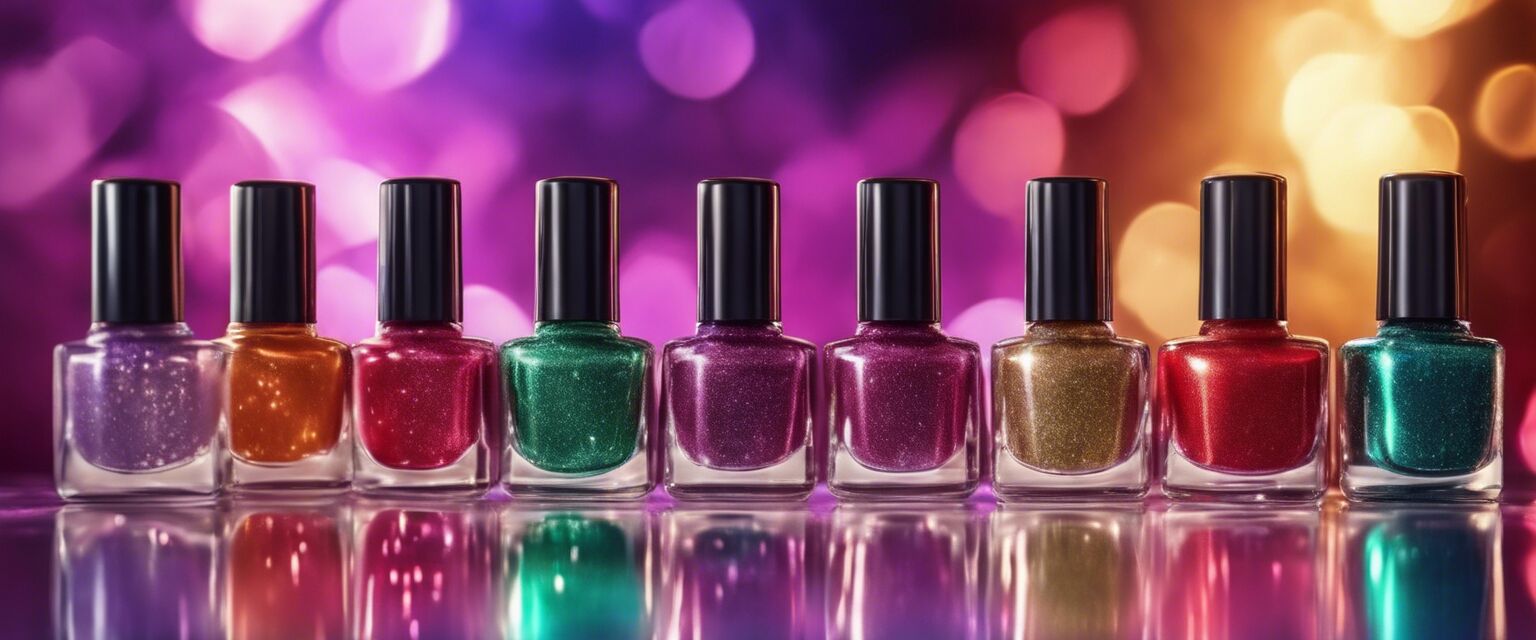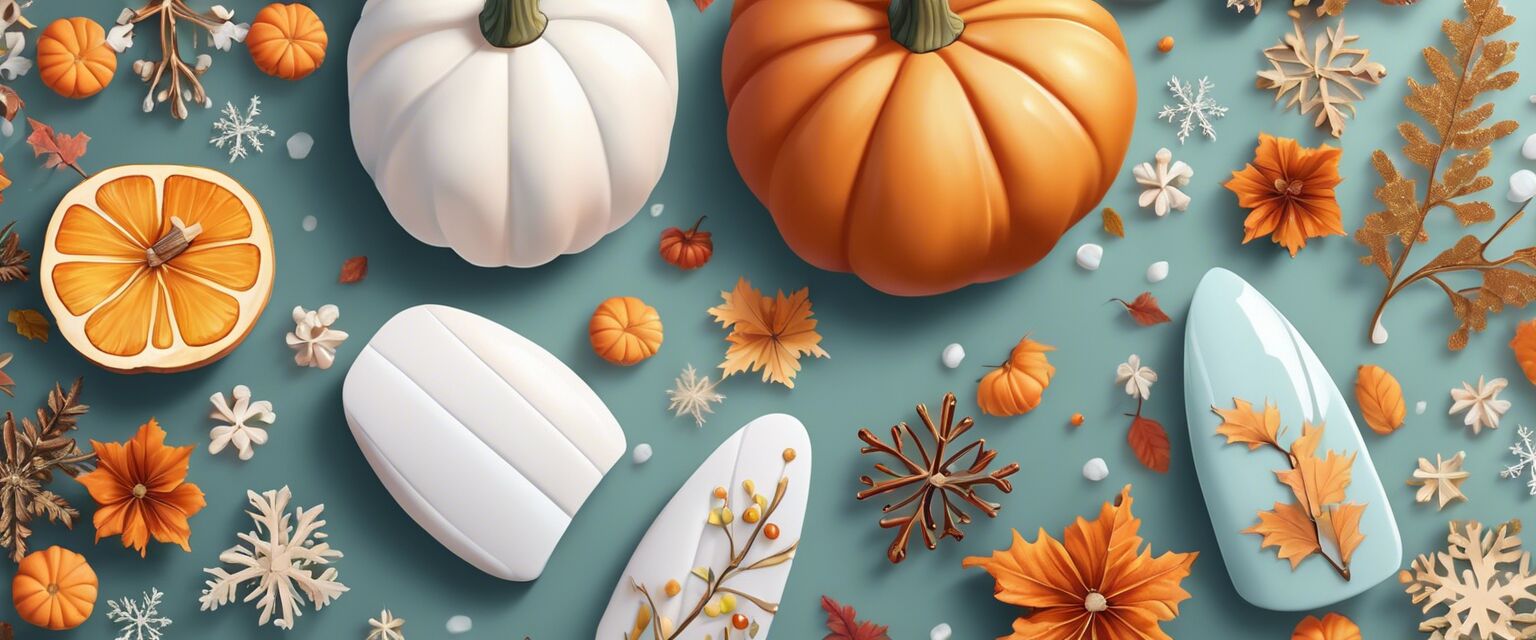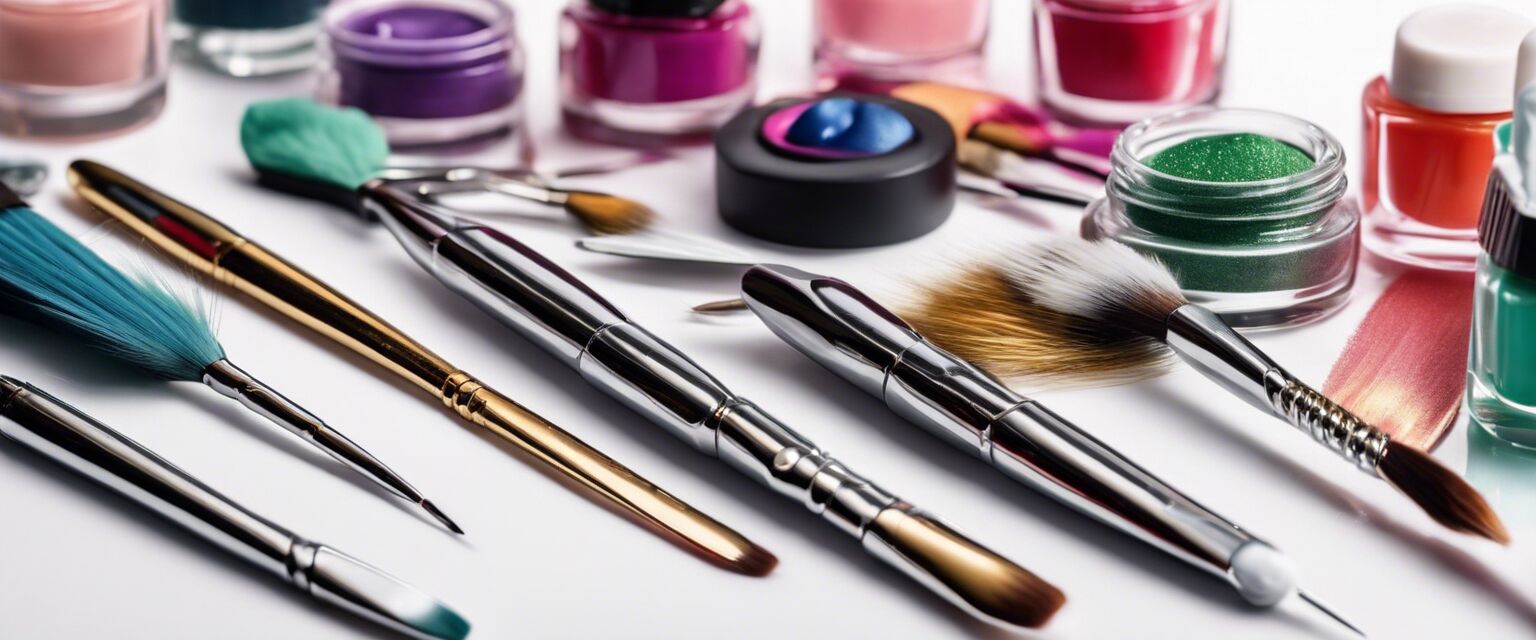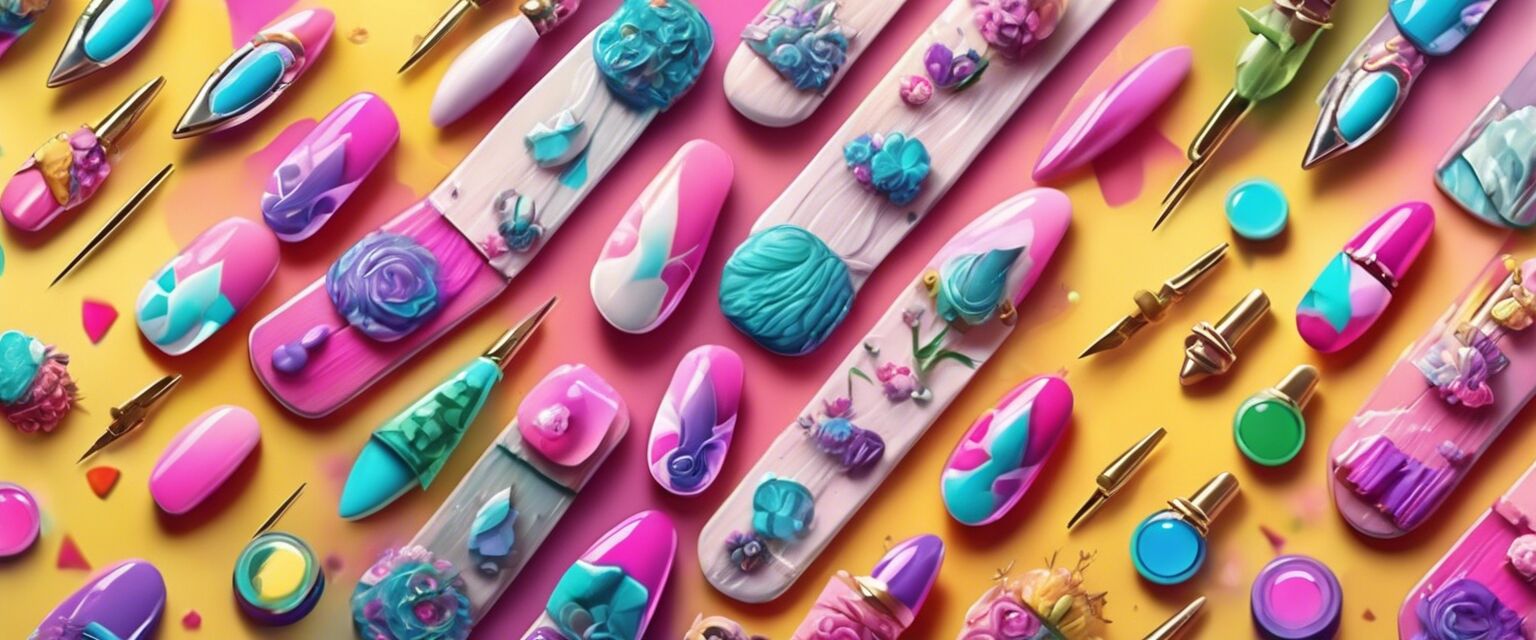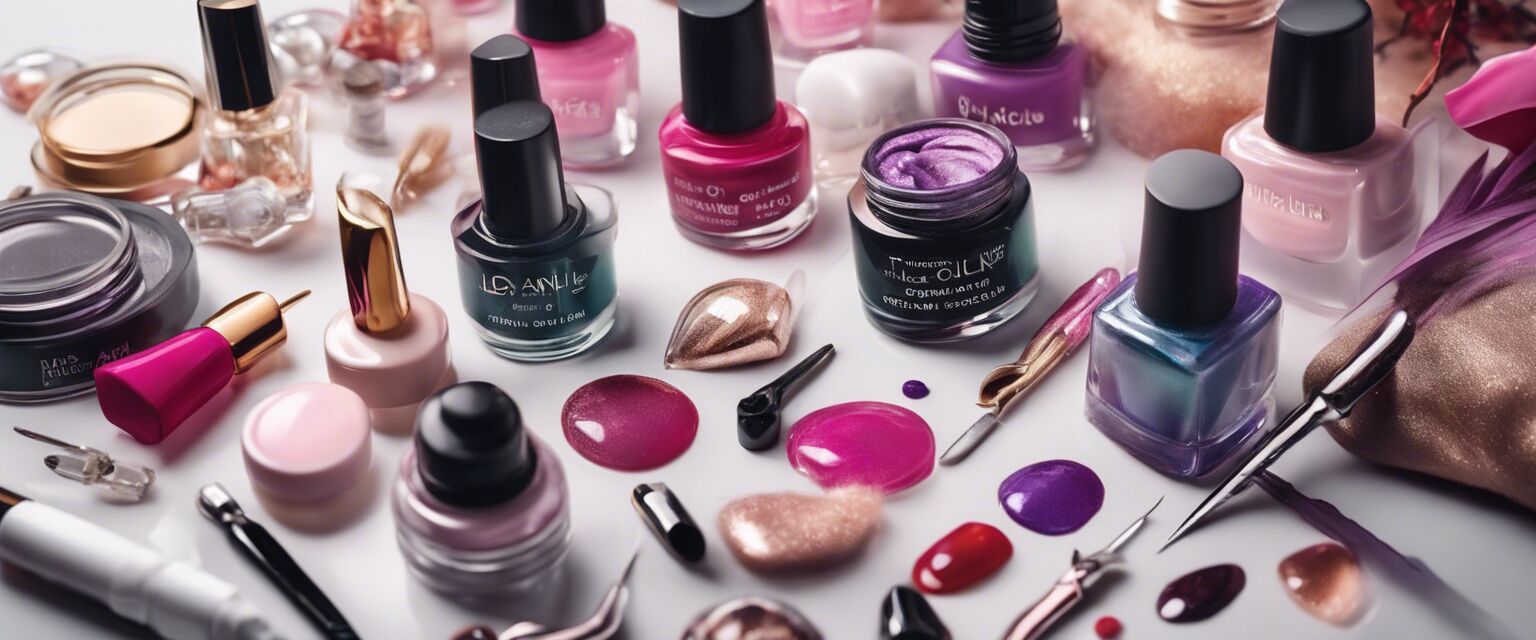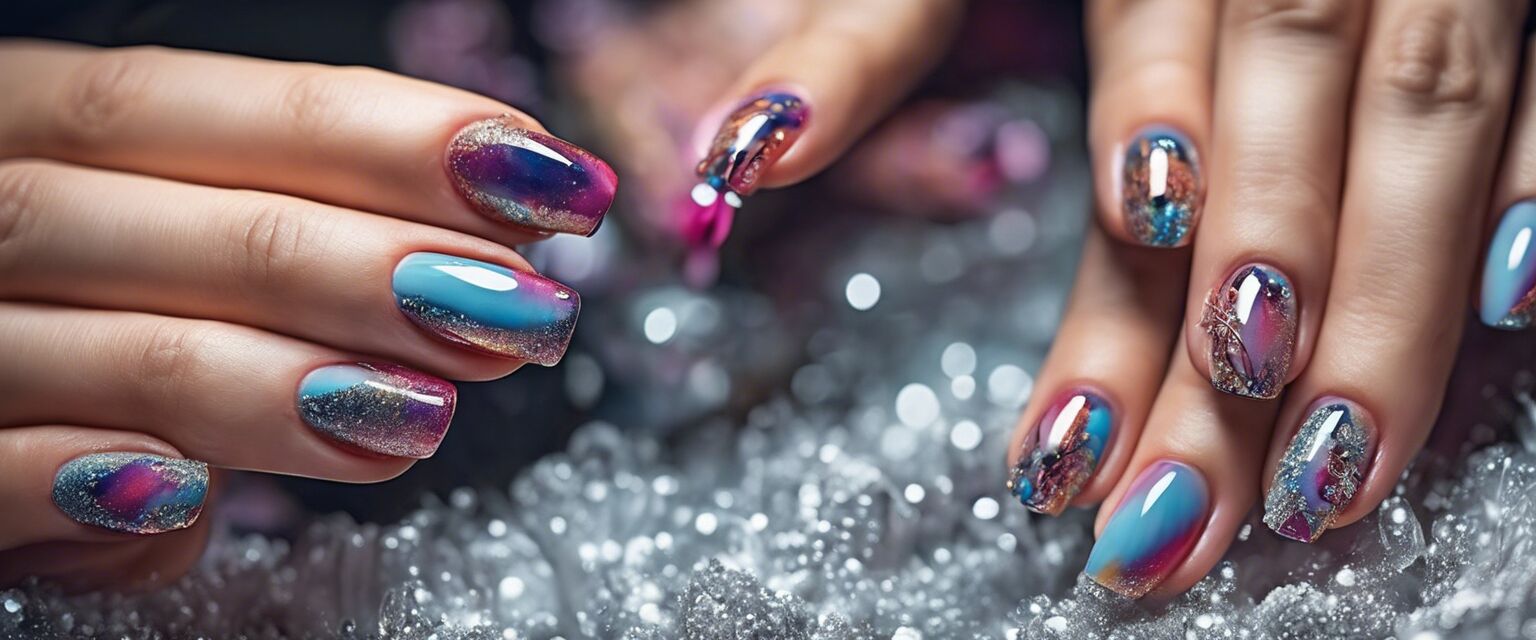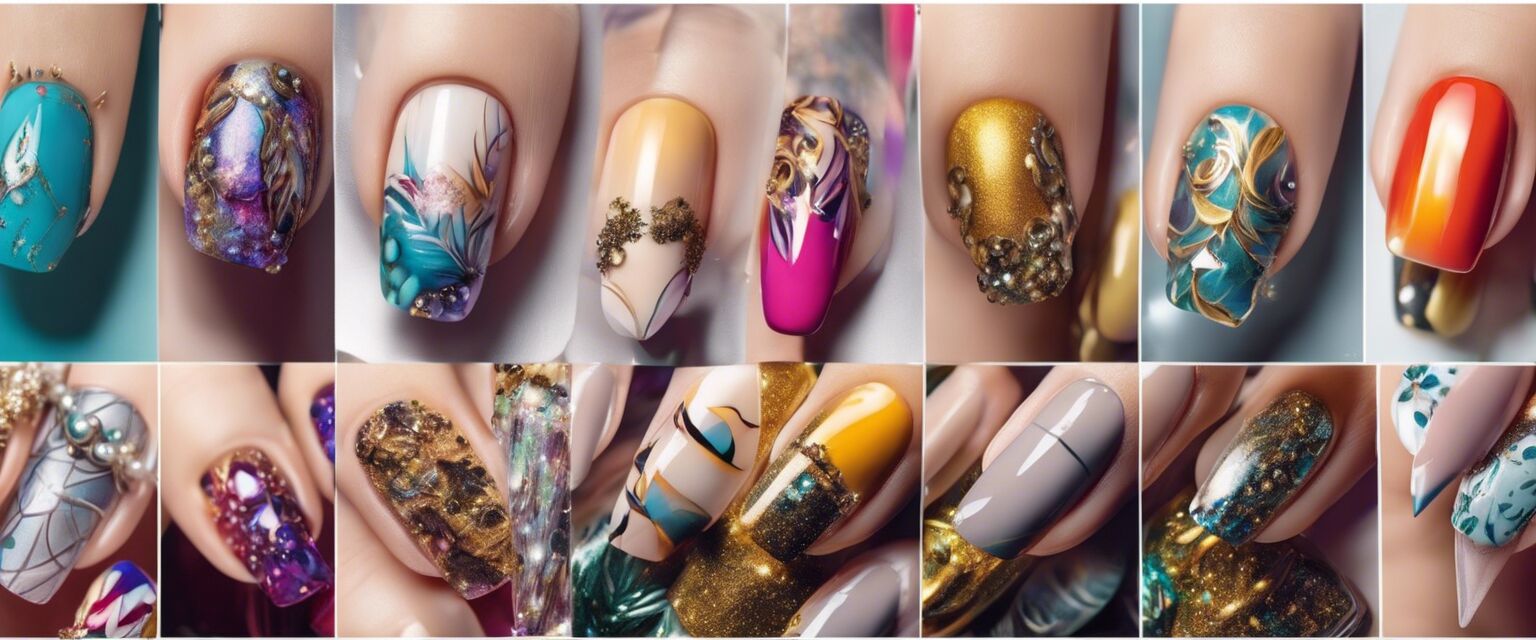
Nail Design History
Key Takeaways
- Nail design has evolved significantly from ancient civilizations to modern practices.
- Different cultures have unique nail art traditions and techniques.
- The materials and methods used in nail design have shifted over the centuries.
- Nail art continues to innovate with technology and fashion trends.
Nail design is more than just aesthetics; it encapsulates cultural significance, history, and evolution. Over centuries, nail art has transformed from a simple embellishment to a complex representation of artistic expression and style. In this article, we will explore the rich history of nail design across different cultures and how it has evolved into the contemporary styles we see today.
Ancient Beginnings
The art of nail decoration has roots stretching back thousands of years. Ancient civilizations utilized basic tools and natural pigments to adorn their nails.
Egyptian Influence
The earliest known use of nail color dates back to 3000 BC in Egypt, where both men and women painted their nails with natural dyes made from henna and other plants.
- Nail color implied social status in ancient Egypt.
- Dark shades were favored by the elite, while lighter hues were for lower classes.
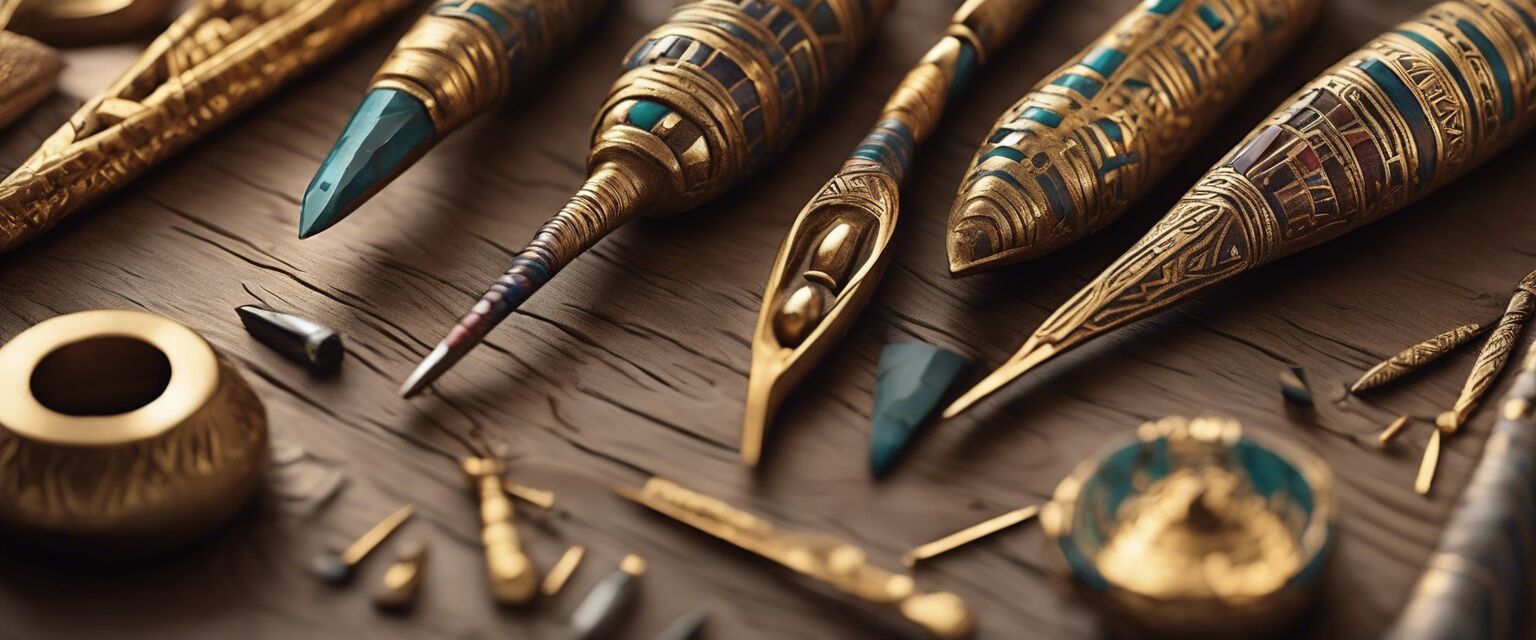
Chinese Innovations
In China around 600 AD, nail art was also prominent. The Chinese used a mixture of egg whites, gelatin, and other natural ingredients to create a glossy finish on their nails.
| Era | Nail Design Materials | Notable Techniques |
|---|---|---|
| Ancient Egypt | Henna, kohl | Color symbolism |
| Ancient China | Egg whites, gelatin | Glossy finishes |
Renaissance to Modern Era
During the Renaissance, nail care began to be recognized as a part of personal grooming. By the Victorian era, manicure practices became popular among the women of higher social classes.
Introduction of Nail Polish
The 20th century witnessed monumental changes in nail care, particularly with the introduction of commercial nail polish in the 1920s.
- The first modern nail polish was created in 1916.
- Color variety exploded, reflecting societal changes and the desire for personal expression.

Global Nail Art Practices Today
In today’s globalized world, nail design practices reflect a blend of cultural influences.
Nail Art Styles by Region
| Region | Popular Styles | Materials Used |
|---|---|---|
| Korea | 3D Art, Nail Stickers | Acrylic, Gel |
| Japan | Nail Decals, Art using Gems | Gel, Nail Art Pens |
| USA | Creative Designs, Ombré | Nail Polish, Nail Wraps |
Trends Influencing Nail Design
Current trends are influenced by various factors including fashion, technology, and art; innovation continually impacts how we view nail art.
Pros
- Exploration of personal style and creativity.
- Diverse techniques offer a wide range of options.
- Encourages self-expression and individuality.
Cons
- Some materials may cause allergic reactions.
- Overexposure to chemical compounds in nail products.
Conclusion
The history of nail design is a vibrant tapestry woven through various cultures and eras, reflecting not only personal tastes but also societal shifts. As we continue to embrace innovations in nail art, we can appreciate the diverse practices that have shaped nail design into what it is today.
Tips for Beginners
- Start with simple designs to build confidence.
- Invest in quality tools and nail products for better results.
- Experiment with various techniques and styles to find what you love.
Further Reading
If you’re interested in diving deeper into the world of nail designs, check out these related topics:
